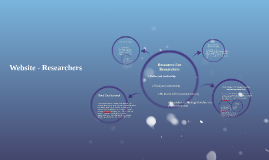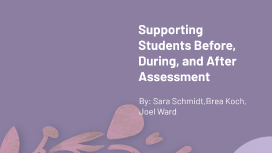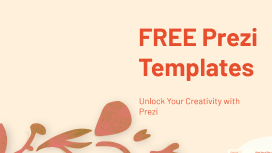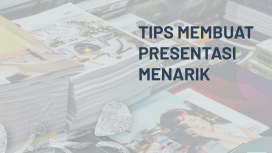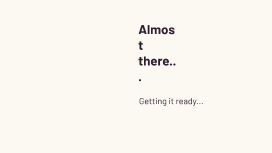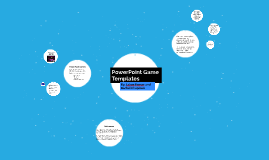FREE Prezi Templates
Transcript: TIPS MEMBUAT PRESENTASI MENARIK Business Presentations Business presentation templates are designed for corporate settings, enabling professionals to communicate ideas clearly. They often feature sleek designs, graphs, and data visualization tools that enhance an audience's understanding of key business metrics and strategies. Types of Prezi Templates Educational Templates Prezi offers a rich variety of templates tailored to different professional needs. Understanding these types can enhance presentation effectiveness and appeal to diverse audiences. Educational templates cater to teachers and students, making learning interactive and engaging. These templates often include diagrams, quizzes, and visual aids, facilitating understanding while allowing educators to present complex subjects in an appealing manner. Non-profit Proposals Marketing Presentations Creative Portfolios Non-profit proposal templates are structured to present missions, goals, and funding needs effectively. Featuring impactful visuals and clear messaging, they serve to engage potential donors and stakeholders by conveying the organization's vision and impact. Marketing presentation templates are tailored to showcase products, strategies, or campaigns. These templates utilize vibrant colors and creative layouts to attract attention, effectively communicating value propositions and market analysis. Creative portfolio templates are ideal for artists, designers, and creatives looking to showcase their work professionally. They emphasize visuals and provide customizable layouts that highlight projects in unique and engaging ways. Registering for Prezi Account To access free Prezi templates, users must first register for a Prezi account. This process is simple and can be completed by providing an email address, creating a password, and agreeing to the terms of service. Designing for Engagement Effective Storytelling Techniques Engaging presentations grab attention through visual storytelling and interactivity. Utilize Prezi's zoom features to emphasize key points, maintain a balance of text and visuals, and design layouts that guide the audience's eye to critical information. Presenting a coherent narrative captures audience interest. Structure presentations with a clear beginning, middle, and end, using Prezi’s non-linear navigation to weave in anecdotes and facts that resonate with the audience. Navigating the Template Gallery Downloading Templates After selecting a template, users can download it directly to their Prezi account. Templates can be customized within Prezi’s platform, allowing for personalized design adjustments after downloading. Once registered, users can explore the template gallery, which showcases a variety of free and premium templates. Filters can be applied to refine search results based on categories like business, education, and marketing. Maintaining Visual Consistency Incorporating Multimedia Visual consistency is key to professional presentations. Use uniform color schemes, fonts, and design elements across slides, ensuring clarity and coherence while reinforcing the brand identity and enhancing memorability. Incorporating multimedia elements enriches presentations. Use relevant videos, audio clips, or animations sparingly to support key messages, making complex ideas easier to grasp while maintaining the audience's attention. How to Access Free Prezi Templates Accessing free Prezi templates involves a few straightforward steps. Users can easily create an account, navigate through the template gallery, and choose suitable options that meet their presentation needs. Presenting with Confidence Tips for Choosing the Right Template Best Practices for Using Prezi Templates Confidence is crucial for effective delivery. Practice thoroughly, maintain eye contact with the audience, and use positive body language. Focus on the content rather than self-doubt for a more impactful presentation experience. Choosing the right template is crucial for effective presentations. Users should consider their audience, the message they want to convey, and the overall tone of their presentation to select a suitable template. Utilizing Prezi templates effectively involves understanding design principles, storytelling techniques, and a confident presentation approach. Adhering to best practices enhances audience engagement and ensures the presentation conveys the intended message clearly. User-Friendly Interface Features of Free Prezi Templates 2. Gunakan Desain Visual yang Menarik The user-friendly interface of Prezi simplifies the presentation creation process. Intuitive tools and a drag-and-drop functionality empower users of all skill levels to design engaging presentations swiftly and efficiently. 3. Fokus pada Pesan Utama Explore the distinctive features of free Prezi templates that enhance presentation effectiveness, including customization, user interface, graphics, interactivity, and accessibility. Tentukan tujuan presentasi: untuk






